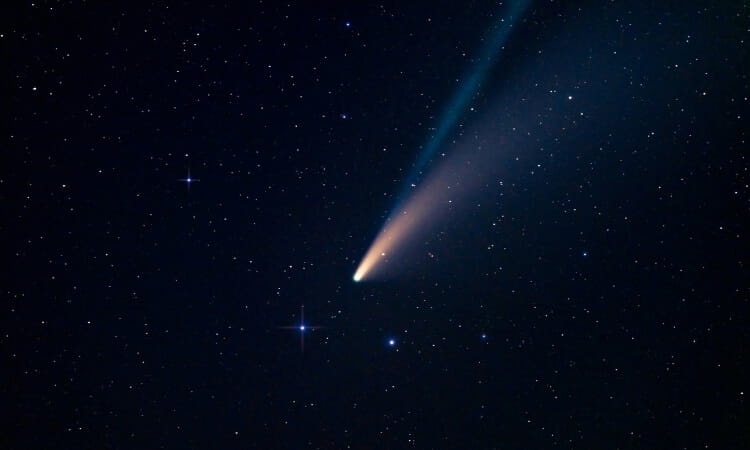The Centre for Astrophysics conducts astronomical and space research and development that delivers excellence in research outputs, graduate outcomes, funding success, and technological innovation.
Our mission is to serve Australian astronomy and space initiatives through collaborations within academia, industry, and government in areas involving observational astronomy, astrophysics, planetary science, space science, computing and technology.
Centre for Astrophysics
Themes
This research advances understanding of the magnetic activity of stars and the Sun over time.
Observations including spectroscopy, spectropolarimetry and photometry are analysed to construct images of stellar active regions and magnetic fields to study stellar dynamos and how activity and winds as “space weather” may impact orbiting planets.
This imaging of stellar activity also enables the detection and characterisation of planets around active stars, to infer the early shared evolution of stars and their planetary systems, including our Solar system.
This research detects exoplanets orbiting stars other than the Sun using precise spectroscopic and photometric observations and has contributed to the discovery of more than 5000 such worlds.
Physical properties including exoplanet mass, orbit and radius are inferred to make comparisons to Solar system planets and model their interiors and atmospheres.
The orbital stability of candidates is calculated to verify exoplanet detection.
Observational astronomy advances through ongoing development of innovative optical instrumentation, enabling telescopes to collect the best available information on targets.
In stellar and exoplanet research, a spectrum with precisely defined wavelengths and intensities of the highest possible signal to noise ratio is needed.
Research into spectroscopic instrumentation has supported multiple projects, most notably providing precise radial velocity exoplanet detections from Mount Kent Observatory’s MINERVA-Australis array.
Our staff and students make extensive use of UniSQ’s High Performance Computing cluster for astronomical research. A key research activity is dynamical modelling of the orbital stability of candidate exoplanets to help confirm their discovery.
In addition, to trace the evolution of our own planetary system, the dynamical histories and origins of different Solar system asteroid families are modelled, and astrocladistics classification is used to better understand them.
Astronomical observations obtained from Mount Kent Observatory and external facilities are processed and analysed using visualisation workstations connected to the cluster.
Projects
Contact the Centre
Email: astronomy@unisq.edu.au
Phone: +61 7 3470 4131
Director: Professor Brad Carter



